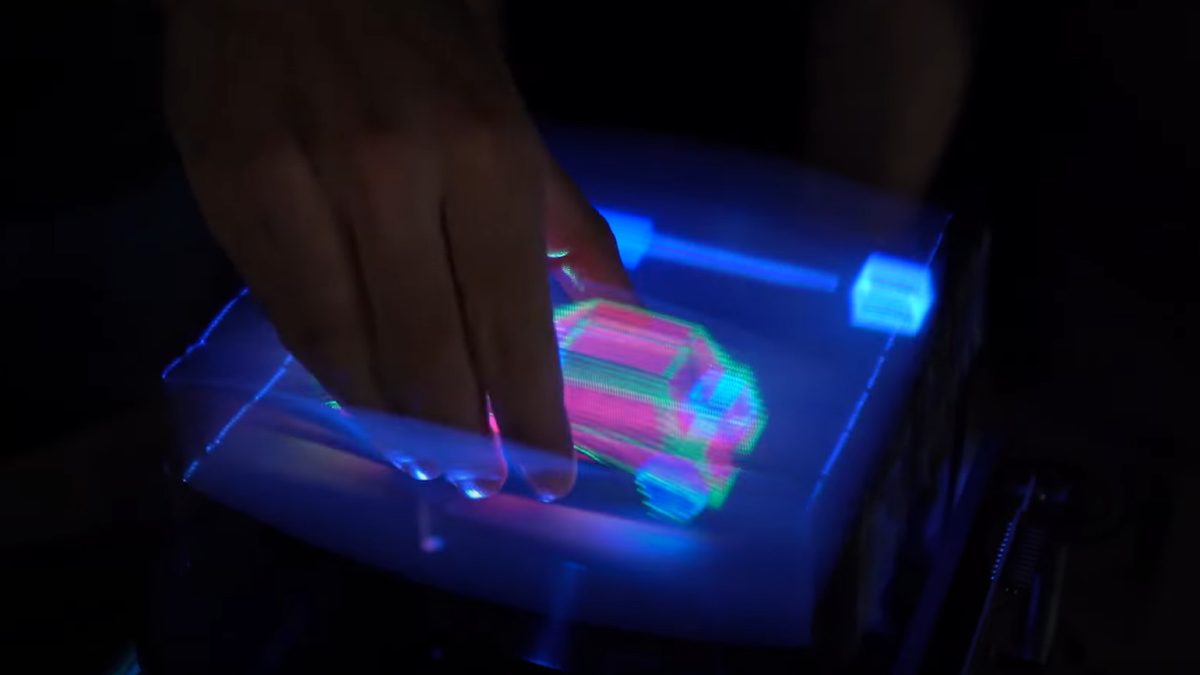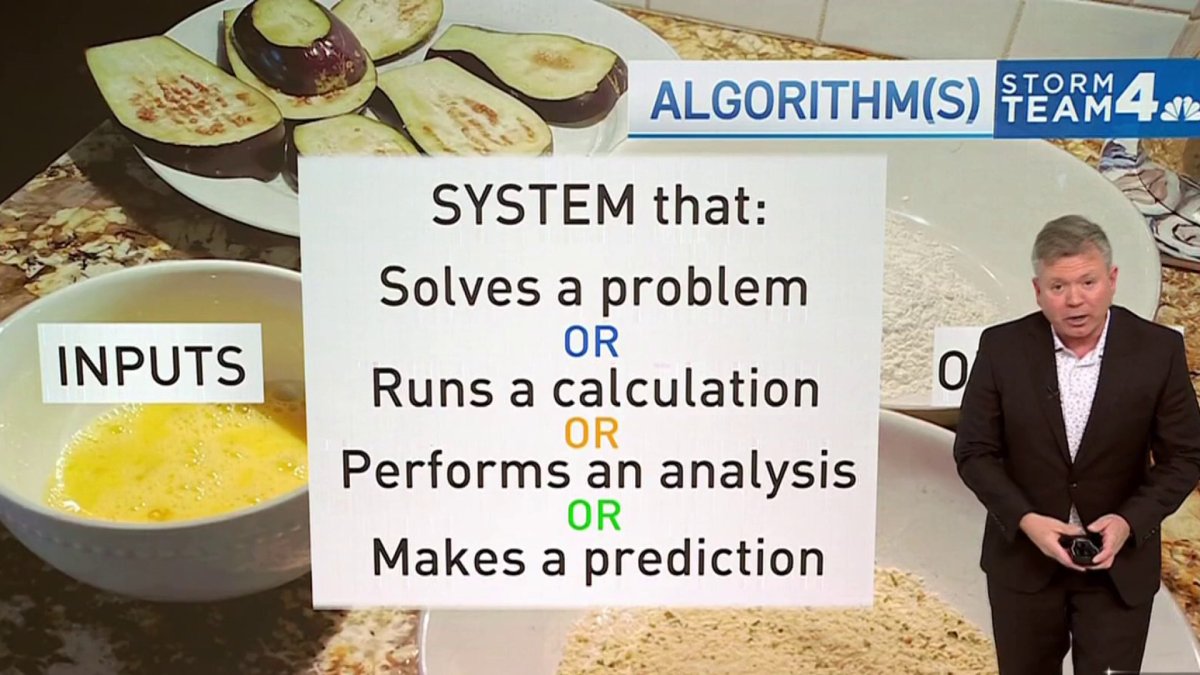Touchable Tech Revolution: Scientists Crack the Code to Interactive 3D Holograms
Science
2025-04-10 12:00:10Content

The future of interactive technology has arrived faster than anyone expected. Cutting-edge holographic displays are now transforming science fiction into reality, allowing users to manipulate three-dimensional images with unprecedented precision and ease.
Researchers have achieved a groundbreaking technological leap that enables users to interact with holographic projections using simple hand gestures. These next-generation displays create stunningly realistic 3D images that can be touched, rotated, and explored in ways previously confined to the realm of imagination.
Unlike traditional touchscreens, these advanced holographic systems use sophisticated sensors and advanced optical technologies to create immersive, responsive visual experiences. Users can now zoom, rotate, and manipulate complex 3D models with natural, intuitive movements, opening up exciting possibilities across multiple industries.
From medical visualization and engineering design to entertainment and education, these futuristic holographic interfaces promise to revolutionize how we interact with digital information. What once seemed like a distant dream is now becoming an exciting technological reality, bringing us one step closer to the interactive digital worlds we've long imagined.
Revolutionizing Interaction: The Breakthrough of Tangible Holographic Displays
In the rapidly evolving landscape of technological innovation, a groundbreaking development is poised to transform how humans interact with digital interfaces. The realm of visual technology has long been constrained by traditional two-dimensional screens, but recent advancements are shattering those limitations, ushering in an era of immersive, manipulable holographic experiences that once seemed confined to the realm of science fiction.Touching the Future: Where Science Fiction Meets Reality
The Technological Paradigm Shift
The emergence of interactive holographic technology represents a monumental leap forward in human-computer interaction. Unlike traditional display technologies that remain passive and unresponsive, these new holographic systems enable users to physically engage with three-dimensional projections, creating an unprecedented sensory experience. Researchers have developed sophisticated optical manipulation techniques that transform light and electromagnetic waves into tangible, interactive representations. Advanced optical engineering principles underpin this revolutionary technology. By utilizing complex laser projection systems and sophisticated motion-tracking algorithms, scientists can now generate holographic images that respond dynamically to human touch and gesture. These systems employ intricate sensor networks that capture minute movements with extraordinary precision, translating physical interactions into instantaneous digital responses.Engineering Behind the Breakthrough
The core innovation lies in the sophisticated integration of multiple technological domains. Quantum optics, machine learning, and advanced materials science converge to create these interactive holographic displays. Researchers have developed specialized metamaterials that can bend and manipulate light waves with unprecedented control, allowing for the creation of three-dimensional images that appear to float in mid-air. Cutting-edge computational algorithms play a crucial role in rendering these holographic projections. Machine learning models continuously analyze user interactions, adapting and refining the holographic response in real-time. This creates a fluid, almost organic interaction between human users and digital representations, blurring the boundaries between physical and virtual environments.Potential Applications and Transformative Impact
The implications of this technology extend far beyond mere visual spectacle. Medical professionals could use these holographic interfaces for complex surgical planning, allowing detailed three-dimensional visualization of anatomical structures. Architects and designers might manipulate intricate building models with unprecedented tactile feedback. Educational institutions could revolutionize learning experiences by providing immersive, interactive visual demonstrations. Moreover, industries ranging from aerospace engineering to entertainment stand to be fundamentally transformed. Imagine spacecraft designers collaborating on complex mechanical systems through holographic projections, or musicians creating intricate soundscapes by physically manipulating light-based instruments. The potential applications seem limited only by human imagination.Challenges and Future Developments
Despite the remarkable progress, significant challenges remain. Current holographic systems require substantial computational power and sophisticated hardware. Researchers are actively working to miniaturize components, reduce energy consumption, and improve image resolution and stability. Ethical considerations also emerge with such transformative technology. Questions surrounding data privacy, user interaction protocols, and potential psychological impacts of immersive digital experiences must be carefully addressed. Interdisciplinary teams of technologists, psychologists, and ethicists are collaborating to establish responsible guidelines for holographic interface development. The journey from conceptual prototype to mainstream technological implementation will undoubtedly be complex. Yet, the current trajectory suggests that interactive holographic displays are not merely a distant dream but an imminent reality that will fundamentally reshape human-technology interaction.RELATED NEWS
Science

Breaking Barriers: How AP Computer Science is Reshaping Classroom Diversity
2025-04-15 20:35:44
Science

Young Innovators Triumph: Keokuk Students Dazzle at Science Fair Showdown
2025-02-26 08:00:00
Science

Museum Showdown: L.I. Science Center Accuses Riverhead of Blocking Expansion Dreams
2025-03-18 19:56:47





